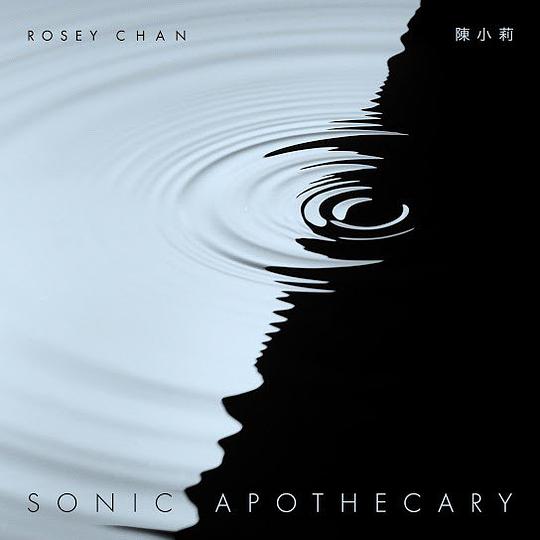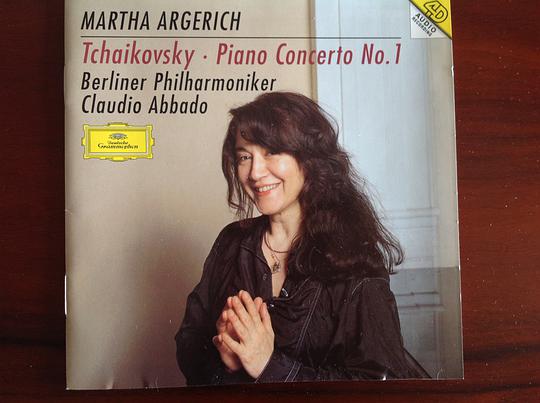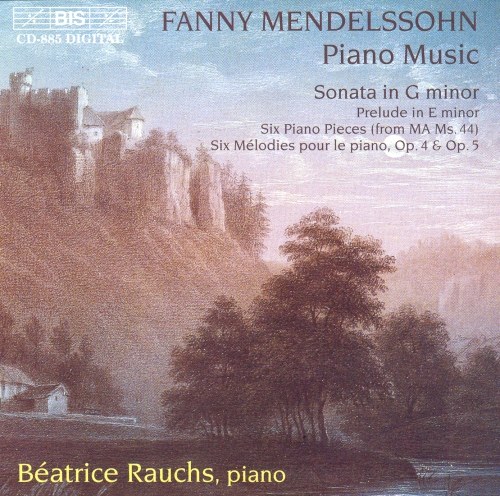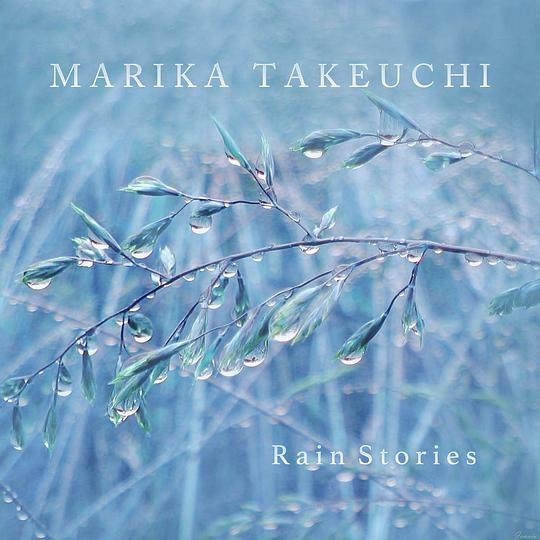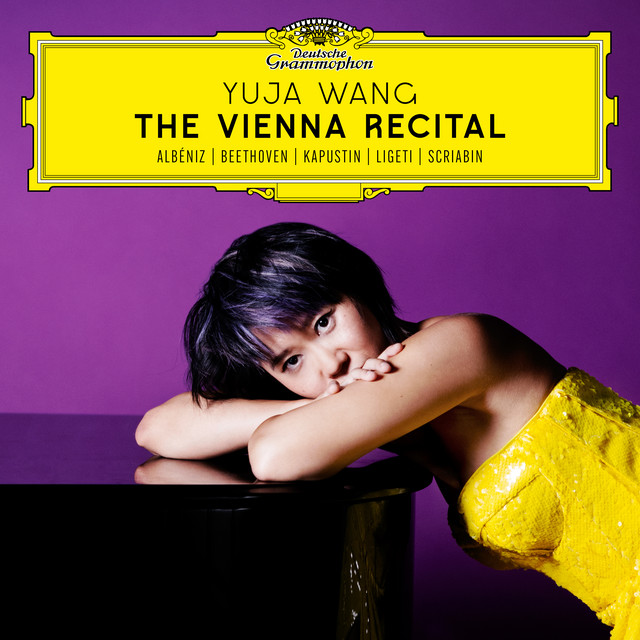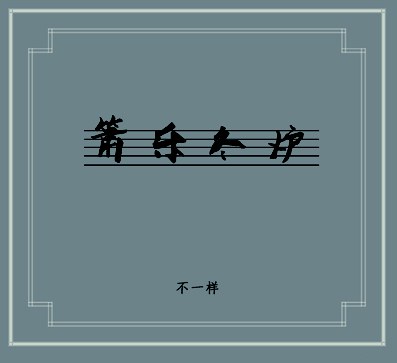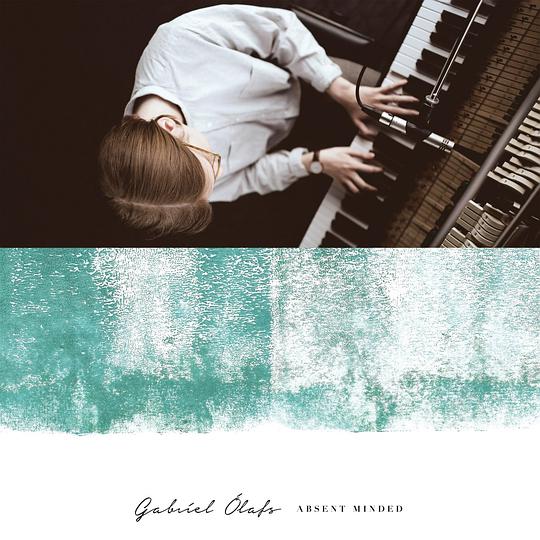MY LIFE IN MUSIC 豆瓣
8.8 (9 个评分)
Ruth Slenczynska
类型:
古典
发布日期 2022年1月1日
出版发行:
Decca
Having recorded for the Decca Gold Label in the 1950s and 60s, Ruth is thrilled to return to the label nearly 60 years later to release a brand new solo piano album, recorded in 2021, entitled My Life in Music. The album celebrates her remarkable life and performing career which began as a child prodigy in the 1920s and continues nine decades later.
When asked about her new album, Slenczynska said,
“Unbelievable! Whoever heard of a pianist my age making another album? I’m grateful if they like the music. Music is meant to bring joy. If mine still brings joy to people, then it is doing what it is supposed to do”
Born in 1925 in Sacramento, California, to Polish immigrants, Slenczynska gave her concert debut at the age of four (just as the world entered the Great Depression), performed on television aged five and at six made her European concert debut in Berlin. 92 years later, the extraordinary pianist still performs to audiences around the world.
As a child, Ruth Slenczynska was taught by some of the most celebrated pianists in history. She is the last living pupil of the great Russian composer-pianist Sergei Rachmaninoff, and even stepped in for him at the last minute when he was unable to perform due to an injury. The pair would often drink tea together and, to this day, Slenczynska wears a Fabergé egg necklace the great musician gifted to her.
My Life in Music is inspired by Slenczynska’s personal connections with Rachmaninoff, as well as American composer Samuel Barber, who was her fellow student and friend. Slenczynska heard Barber’s now world-famous Adagio for Strings in the classroom, before it even had its title.
Slenczynska also explores the music of Chopin throughout the new album, including a piece she performed at the memorial service of one of the greatest pianists of all time, Vladimir Horowitz, a life-long friend. Chopin’s music formed Slenczynska’s musical foundations, with her father making her play all 24 Études before breakfast every morning. Slenczynska went on to earn a reputation as one of the most celebrated Chopin interpreters. The album also features pieces by Debussy, Grieg and Bach which, for her, conjure memories of some of her great piano mentors: Egon Petri, Alfred Cortot and Josef Hoffman.
A phenomenal performing career has seen Slenczynska appear at some of the most prestigious concert halls around the world, as well as for the likes of President Reagan, President Kennedy, President Carter and Michelle Obama, and has even played duets with President Truman and the (now former) Empress Michiko of Japan (with whom she is friends). She has also written extensively with many articles published and two books to her credit.
Still an active performer, Slenczynska performed at the 2021 Chopin International Festival and Friends in October 2021 in the Polish Embassy in in New York and is set to celebrate her 97th Birthday with a recital at Lebanon Valley College, PA, on 6 February.
Laura Monks and Tom Lewis, Co-Presidents of Decca Label Group, say,
“It’s remarkable to think that Ruth made her concert debut before the birth of colour movies, and around the same time as the birth of television! The fact that she is still at the top of her game over nine decades later is extraordinary. It’s very hard to think of anyone, in any profession, who has achieved such a sustained period of excellence.”
Label Director of Decca Classics, Dominic Fyfe, says,
“We are privileged to have Ruth record for Decca again, some sixty-six years since she first recorded for the label in New York. One of her earliest producers was Thomas Frost and we were delighted to unite her with Thomas’ son David, the multi GRAMMY award-winning producer, for this new album. Decca has a long-cherished history of bringing great pianists back to the studio, from Shura Cherkassky to Jorge Bolet. Ruth was friends with them both and her pianism is one of the last living links to that golden era”.
When asked about her new album, Slenczynska said,
“Unbelievable! Whoever heard of a pianist my age making another album? I’m grateful if they like the music. Music is meant to bring joy. If mine still brings joy to people, then it is doing what it is supposed to do”
Born in 1925 in Sacramento, California, to Polish immigrants, Slenczynska gave her concert debut at the age of four (just as the world entered the Great Depression), performed on television aged five and at six made her European concert debut in Berlin. 92 years later, the extraordinary pianist still performs to audiences around the world.
As a child, Ruth Slenczynska was taught by some of the most celebrated pianists in history. She is the last living pupil of the great Russian composer-pianist Sergei Rachmaninoff, and even stepped in for him at the last minute when he was unable to perform due to an injury. The pair would often drink tea together and, to this day, Slenczynska wears a Fabergé egg necklace the great musician gifted to her.
My Life in Music is inspired by Slenczynska’s personal connections with Rachmaninoff, as well as American composer Samuel Barber, who was her fellow student and friend. Slenczynska heard Barber’s now world-famous Adagio for Strings in the classroom, before it even had its title.
Slenczynska also explores the music of Chopin throughout the new album, including a piece she performed at the memorial service of one of the greatest pianists of all time, Vladimir Horowitz, a life-long friend. Chopin’s music formed Slenczynska’s musical foundations, with her father making her play all 24 Études before breakfast every morning. Slenczynska went on to earn a reputation as one of the most celebrated Chopin interpreters. The album also features pieces by Debussy, Grieg and Bach which, for her, conjure memories of some of her great piano mentors: Egon Petri, Alfred Cortot and Josef Hoffman.
A phenomenal performing career has seen Slenczynska appear at some of the most prestigious concert halls around the world, as well as for the likes of President Reagan, President Kennedy, President Carter and Michelle Obama, and has even played duets with President Truman and the (now former) Empress Michiko of Japan (with whom she is friends). She has also written extensively with many articles published and two books to her credit.
Still an active performer, Slenczynska performed at the 2021 Chopin International Festival and Friends in October 2021 in the Polish Embassy in in New York and is set to celebrate her 97th Birthday with a recital at Lebanon Valley College, PA, on 6 February.
Laura Monks and Tom Lewis, Co-Presidents of Decca Label Group, say,
“It’s remarkable to think that Ruth made her concert debut before the birth of colour movies, and around the same time as the birth of television! The fact that she is still at the top of her game over nine decades later is extraordinary. It’s very hard to think of anyone, in any profession, who has achieved such a sustained period of excellence.”
Label Director of Decca Classics, Dominic Fyfe, says,
“We are privileged to have Ruth record for Decca again, some sixty-six years since she first recorded for the label in New York. One of her earliest producers was Thomas Frost and we were delighted to unite her with Thomas’ son David, the multi GRAMMY award-winning producer, for this new album. Decca has a long-cherished history of bringing great pianists back to the studio, from Shura Cherkassky to Jorge Bolet. Ruth was friends with them both and her pianism is one of the last living links to that golden era”.



